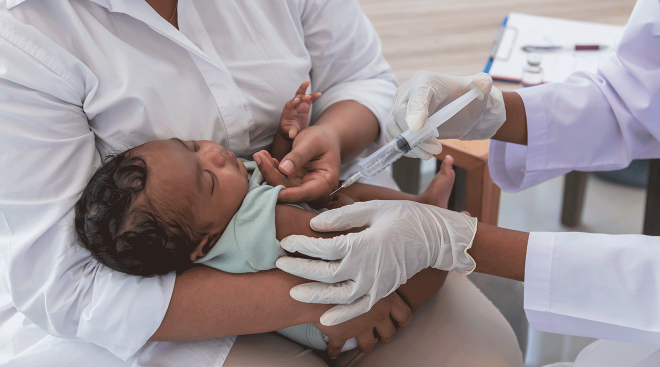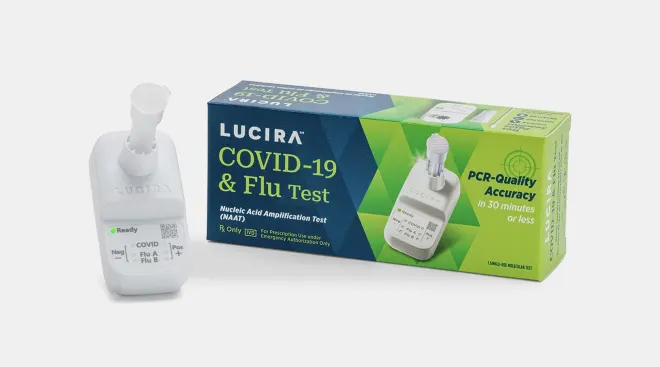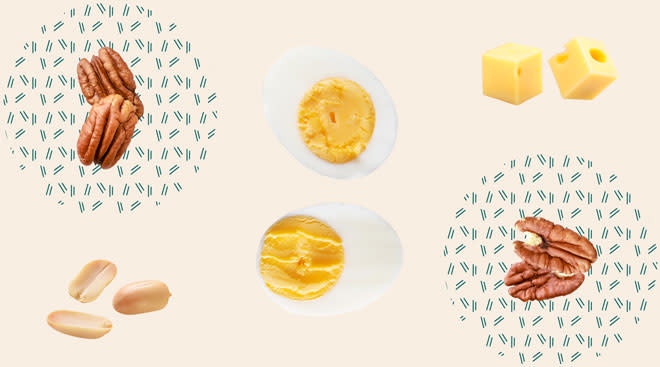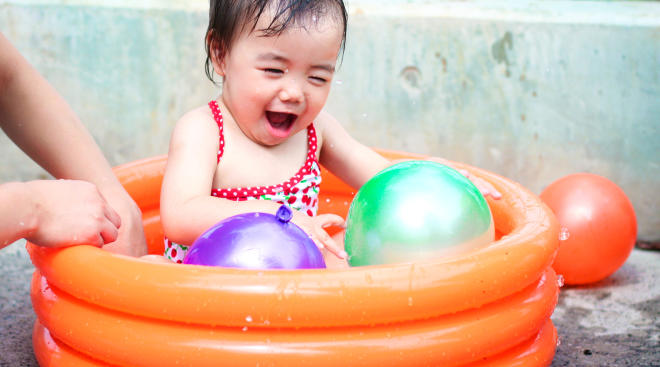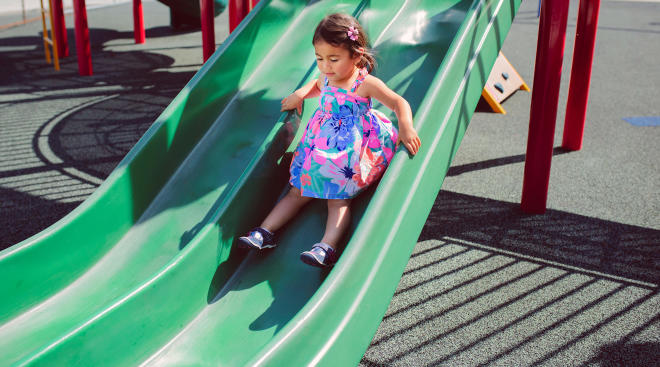Toothbrush Injuries Are Alarmingly Common in Preschoolers, Study Finds
Toothbrushes have been known to cause frightening injuries in kids. Second-grader Reese White experienced this first-hand.
The youngest of four children, she lives in Versailles, Missouri with her parents. Of everyone in her family, she’s the shortest and can’t yet look at herself in the mirror above the bathroom sink. When Reese was brushing her teeth in front of the mirror on the back of her parents door last March, her mom didn’t see her. Upon opening the door, she wound up knocking the toothbrush into Reese’s throat.
“She didn’t start screaming or freaking out right away,” her mom, Kelly White, told University of Missouri Health Care medical center. “She just went into my son’s room, and I heard him say, ‘Oh, my God, what’s wrong with her? She’s bleeding!’ I ran into the room, and there was just blood everywhere.”
Upon taking Reese to the hospital, the parents discovered the toothbrush punctured the back of Reese’s throat—in a place that was close to an artery that supplies blood to the brain. Luckily, after evaluation, doctor’s found, in Reese’s case, it was just a small puncture wound and didn’t require stitches or surgery.
Reese’s parents believed the injury to be a “freak accident,” but Christopher Sampson—the doctor who treated her—had seen plenty of similar cases before. He even researched how common toothbrush injuries from 2006 to 2016, finding that, according to the National Electronic Injury Surveillance System (NEISS) database, there were an estimated 8,500 toothbrush injuries that sent people to the ER within those 10 years. His research was published in the American Journal of Emergency Medicine last year.
“We found most of those injured by toothbrushes were 4 years old and younger,” Sampson told the center. “A majority were seen in the emergency department and then discharged. But we found a significant number of cases that required sutures or surgery.”
It’s important to note that toothbrushes typically come with a warning label that recommends adult supervision for children who are 3-years-old or younger. “Parents should make sure young children don’t wander away from the sink while brushing,” Sampson told the health care center. “There are always risks if you are walking around or running with a toothbrush in your mouth. Just stand by the sink and focus on the job you’re doing.”
As scary as the injury sounds, Kelly told the center that Reese’s injury healed fairly quickly. Now, when Reese in is the bathroom, Kelly says she always knocks before she enters and warns her daughter to stand away from the door.
As scary as toothbrush injuries are, the good news is they can be easily preventable. Make sure to keep your child (and yourself) by the sink until they’re done brushing.
Looking for the best toothbrushes for baby? Here are our recommendations.
Please note: The Bump and the materials and information it contains are not intended to, and do not constitute, medical or other health advice or diagnosis and should not be used as such. You should always consult with a qualified physician or health professional about your specific circumstances.
Navigate forward to interact with the calendar and select a date. Press the question mark key to get the keyboard shortcuts for changing dates.








































